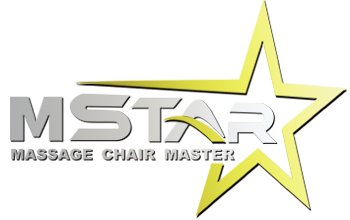Views: 4 Author: Site Editor Publish Time: 2025-07-12 Origin: Site











In the core performance of massage chairs, the motor is the key determinant of the experience. Sonic motors and regular motors differ significantly in working principles, massage effects, and applicable scenarios. Here are the main differences:
- Working Principle: Vibrational Penetration vs. Mechanical Movements
Regular motors rely on electric motors to drive mechanical structures such as gears and connecting rods, achieving massage through physical actions like pressing, kneading, and tapping. The force is direct and the techniques are relatively "firm," suitable for those who prefer strong stimulation. However, some sensitive areas may feel a sense of rigidity.
Sonic motors, on the other hand, are centered around high-frequency vibrations. Through high-frequency waves (tens of thousands of times per minute), they penetrate surface muscles to act on deep tissues. Like an "invisible hand," they transmit energy in a gentle manner, avoiding the rigidity of mechanical friction and better aligning with the body's natural relaxation needs.
- Massage Experience: Deep Penetration vs. Surface Stimulation
Regular motors focus on the surface of muscles. Their effectiveness is limited for issues such as deep stiffness and fascial tension caused by prolonged sitting. Moreover, their fixed techniques make it difficult to flexibly fit the body's curves.
The high-frequency vibrations of sonic motors can accurately reach the deep muscles in easily strained areas such as the shoulders, neck, and lower back. While relieving tightness, they promote blood circulation, making them particularly suitable for office workers, athletes, and others in need of deep relaxation. The uniform and delicate vibration intensity is also comfortable for people sensitive to force, such as the elderly and women.
- Applicable Scenarios: Targeted Relaxation vs. Basic Massage
Regular motors are suitable for users seeking diverse basic techniques (such as tapping) to meet daily simple relaxation needs. However, they are slightly insufficient in accurately relieving local fatigue and achieving deep comfort.
Sonic motors focus on "deep relaxation + precise care." Whether relieving stiff neck muscles, reducing lumbar pressure, or relaxing leg muscles, they can leverage the characteristics of high-frequency vibrations to quickly put the body in a relaxed state, especially suitable for people with high demands on massage quality.
Our new 131robot massage chair, with its sonic motor as the core competitive advantage, is designed for people pursuing high-quality relaxation experiences:
Equipped with a sonic motor, it not only retains the deep penetration advantage of high-frequency vibrations but also matches the body's curves through intelligent algorithms. This allows the vibrations to accurately cover key areas such as the shoulders, back, waist, and legs, achieving personalized care that "targets tight areas."

Compared to the mechanical feel of regular massage chairs, the 131robot's massage is softer yet more effective. It can quickly relieve muscle soreness after exercise and ease back stiffness from prolonged sitting. Especially in line with the European and American markets' demands for "efficient relaxation," "comfortable experience," and "technological design," it has become an ideal choice for high-end homes and offices.

content is empty!
